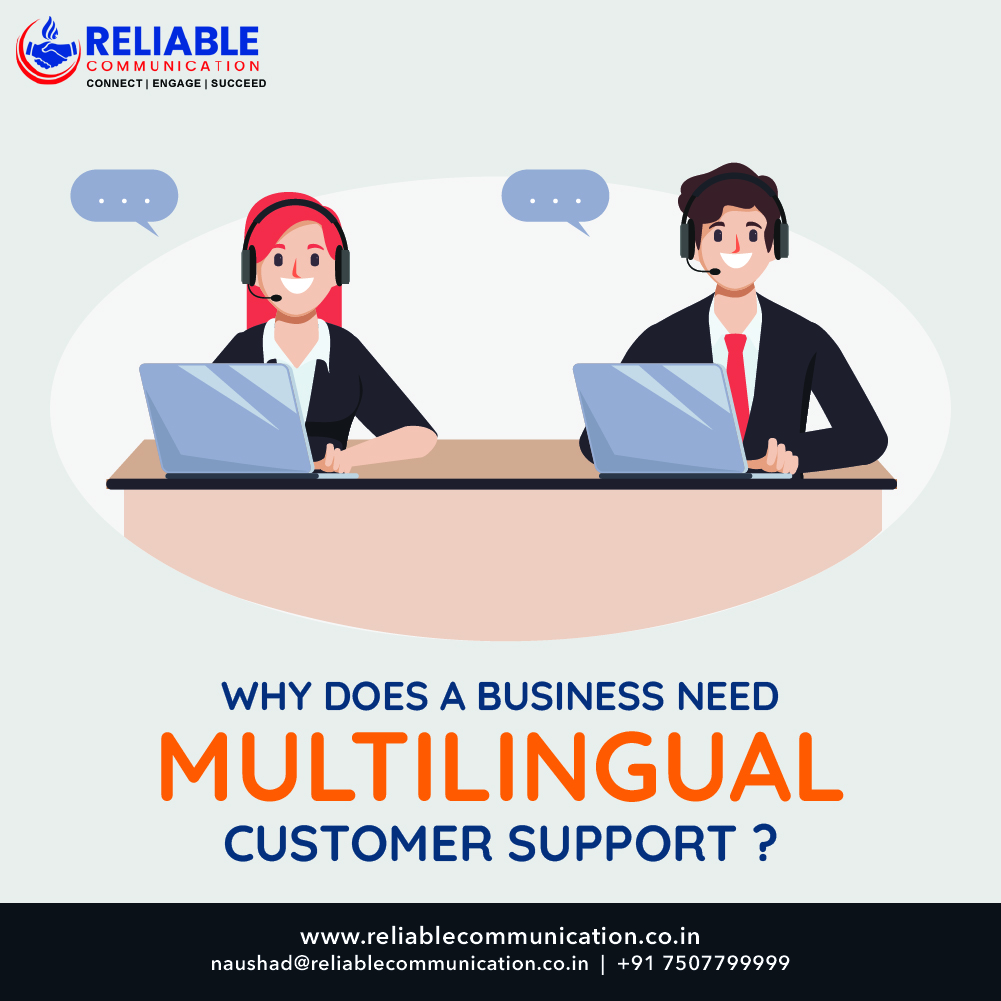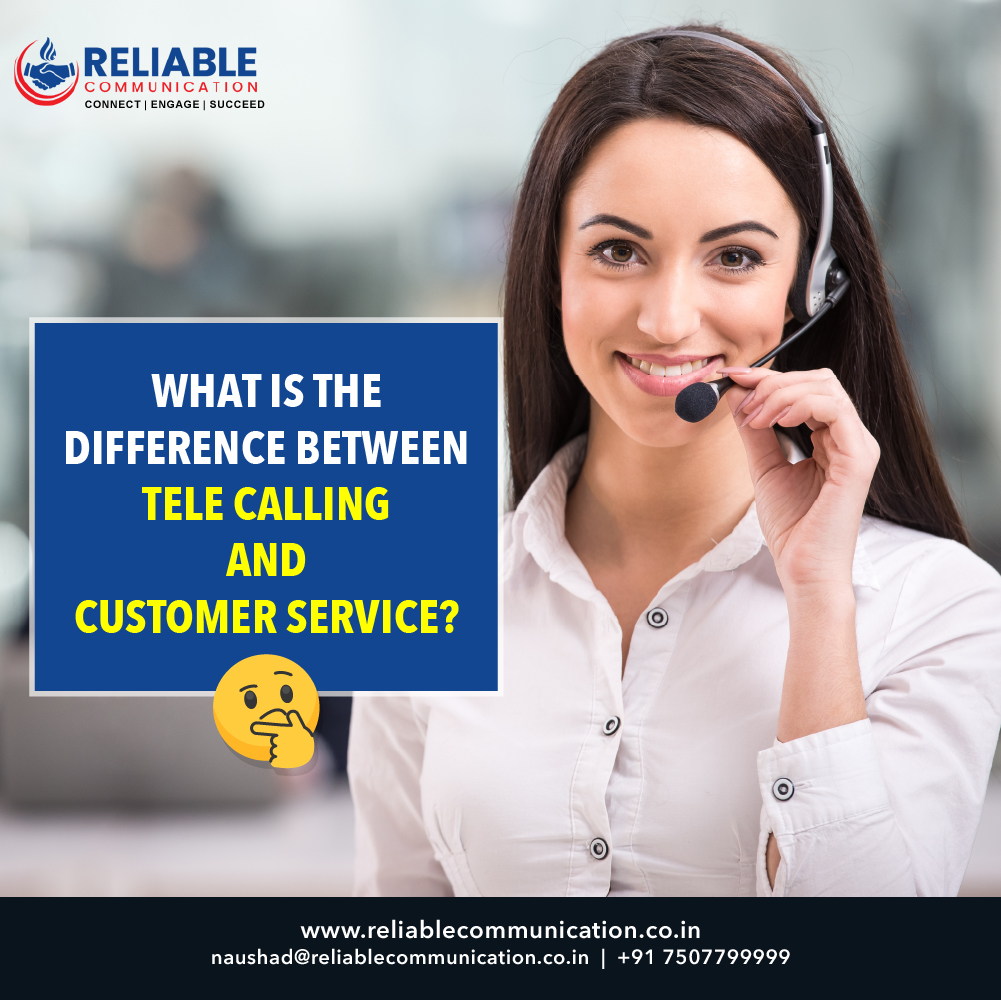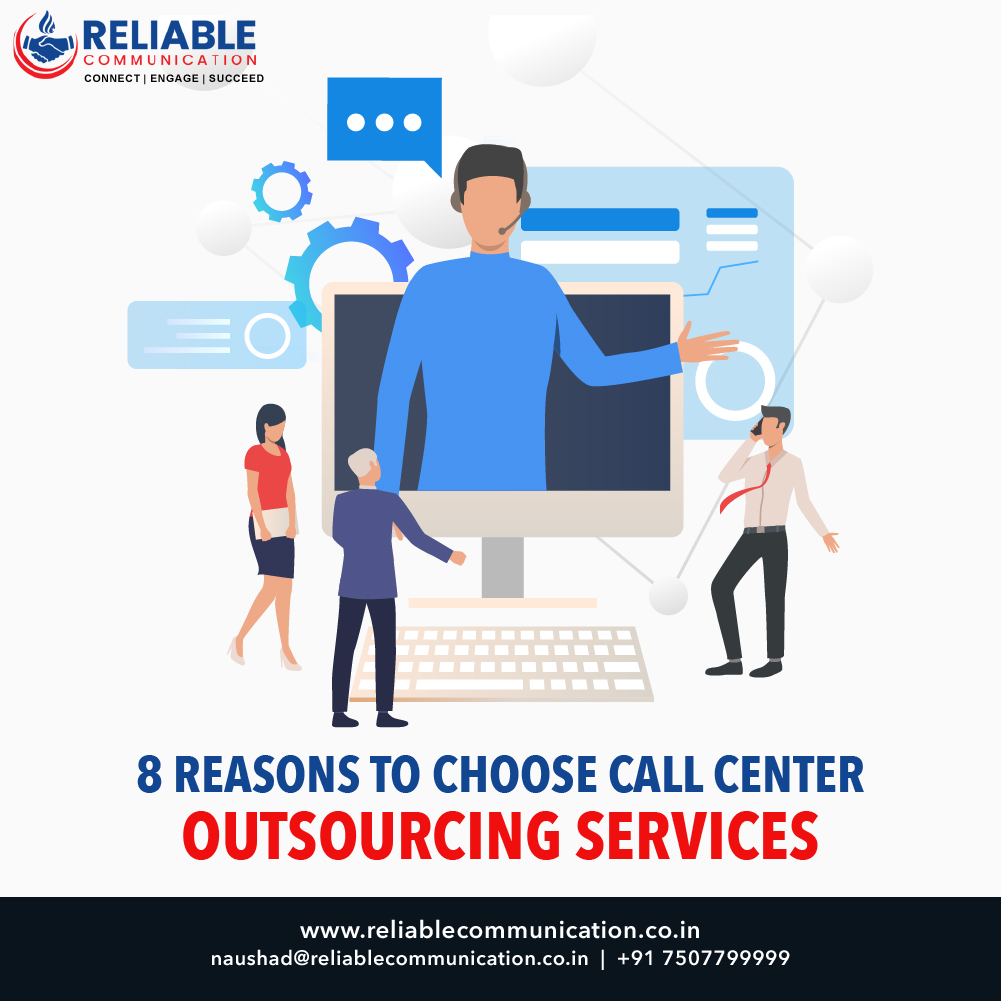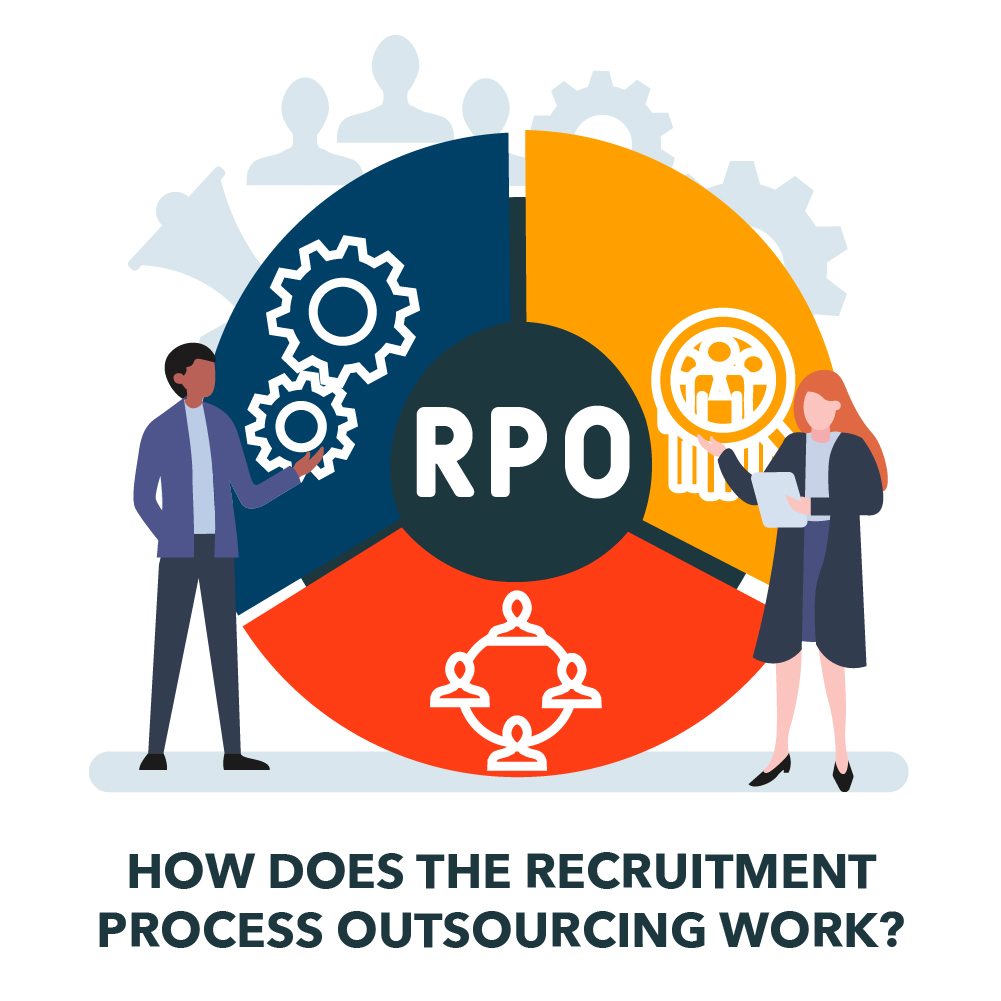As a seller, you provide a wide range of specific products. So, why would your potential customers possibly be struggling with their final decisions?
Quite simply, it’s because there are many competitors out there who also sell similar products. As such, you need to separate yourself from them. Stand out so that these potential buyers turn into your customers.
1) Prepare clear and appropriate descriptions of exactly what products you offer
You should be specific and to the point. No hidden costs. People like to know as many details as possible to help them make proper decisions.
Talk up the benefits of your product but keep it honest. Don’t make promises that you won’t be able to keep. It’s quite easy to fall in a “one-time customer” trap, but you should avoid that hole.
Establishing alongside maintaining good relationships with your new customers can help you retain them longer. Moreover, they could also turn into ambassadors of your brand!
Furthermore, show visuals of your products. Ensure that you take good photos. If necessary, you should consider hiring a professional photographer.
2) Know the difference between a benefit and a feature of your product
A feature refers to something that describes a product, such as what it “is” or “does”.
Meanwhile, a benefit talks about something that the product has that is of interest or a perk for your customer.
For example, a car with a reinforced safety roof. Here, the roof is a feature. Alternatively, if you were to say a car that keeps your family safe. Here, the promise of safety is the benefit.
Knowing the difference between the two helps you know when it’s important to highlight each of them. This is especially useful when presenting your product.
3) Provide something that is more than expected (some kind of bonus)
People like bonuses quite a lot. Offering bonuses alongside your product can help build positive emotions around your brand.
They help make customers feel elated and happy as well as appreciated.
As such, your customers can connect these strong positive emotions to your brand. Thus, this greatly increases the chances of your brand not being forgotten.
You can add samples, incorporate creative packaging, add a note, exceptional service, etc. You can more or less add any little feature that your customer didn’t pay for but they might appreciate.
However, remember to be unique and thoughtful, and target your customers appropriately.
4) Emphasize what’s unique about your business
One of the most important ways to build a reputation for your brand is to set it apart from others. You should keep this in mind whenever you’re presenting a product to a customer.
Remember to focus on the unique aspects of the product you are offering. Highlight these features whenever you market them to prospective customers.
Use your business’ unique features to your advantage and to differentiate yourself from your competitors. In addition to giving your brand its own distinct essence, it will also help customers recall your product easily.
5) Your customers must be well informed about all the terms and conditions relating to your product
Ensure that all these rules are simple, easy to understand, and readily available to your customers. This way, they won’t have to spend time looking for them.
So, what should you include in your terms of service/user agreement?
Mainly, you should include information concerning general terms of use, taxes and refunds, payments, or membership programs.
These terms serve as an agreement between you both. They protect both your customers as well as your business.
6) Create a strong interpersonal connection with them
Establishing and maintaining a deep personal connection with your customers is highly important. Often, it can be one of the key factors that drive purchase decisions.
This means giving your customers exactly what they want, i.e., a strong relationship with your brand. Creating and carefully handling this relationship can even convince them to buy more from you.
Furthermore, if they are satisfied you can reap the benefits. They can also spread their satisfaction with your service via word of mouth and convince and attract more customers.
7) Don’t hesitate in sharing user testimonials with them
It is a known fact that a majority of customers read reviews prior to buying actual products.
As such, sharing customer reviews can really help increase your brand’s credibility. Also, it will set the foundation for convincing them to buy more from you.
They act as social proof that your product does what it says and does it well. When used correctly, testimonials can be a highly effective resource.
A brilliant testimonial can at times even demonstrates how a business’ pain points can be solved. It can do it with more immediacy than a brochure would, especially if it were video-based.
Lastly, they humanize your brand. Everyone loves a good story. They provide a human interest angle that truly enables customers to better connect with and understand the product.
8) Lastly, always be reachable
Be sure to provide the exact name of your company, contact details, and frames when the customers can contact you.
If your business uses social media for communication, use it to stay in touch with all of your customers. You can easily do this by providing a specific link.
It is essential that your customers can easily reach you in case of any issues or concerns.
You can even post a contact form on your website (alongside social media platforms). This can act as a method to give them a voice and space to communicate their suggestions.
Listening to their feedback is sure to help you improve your product. Moreover, this would also help build a very trusting relationship between your business and customers.










